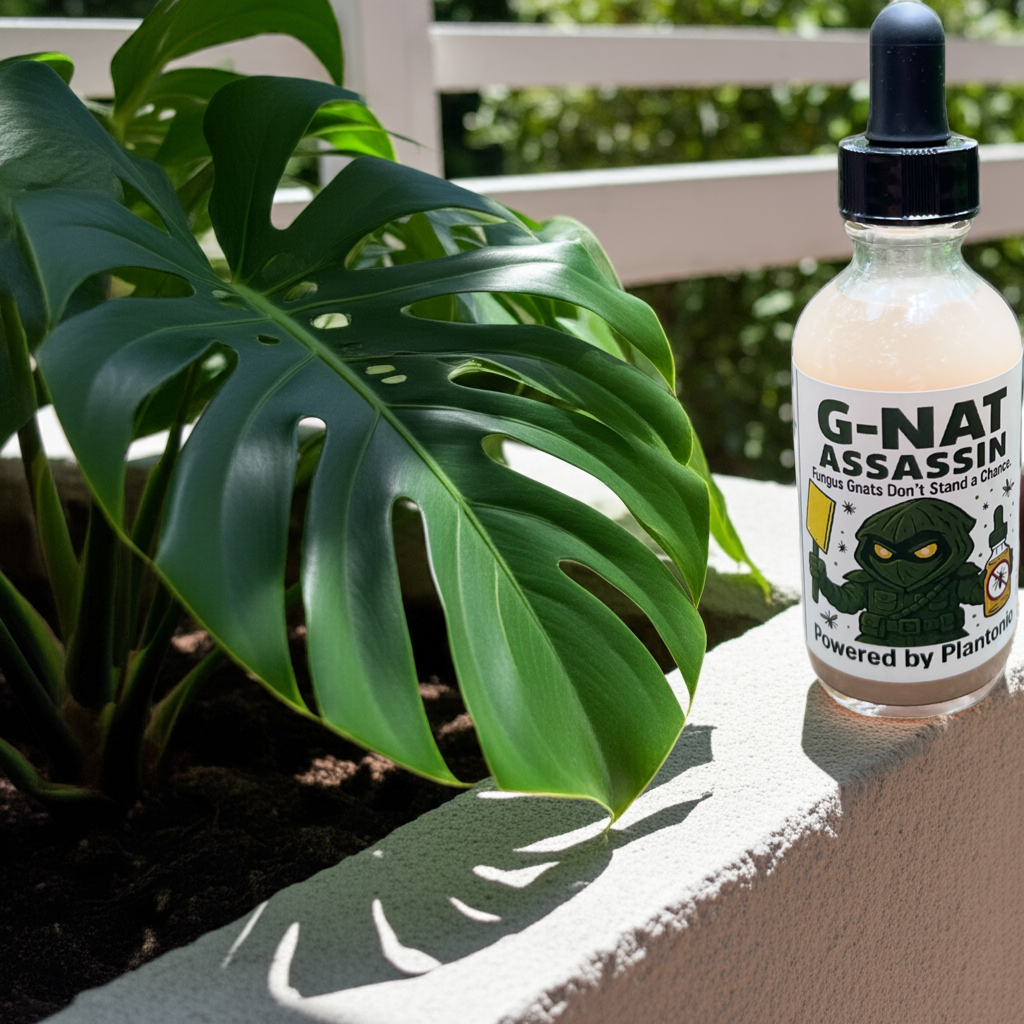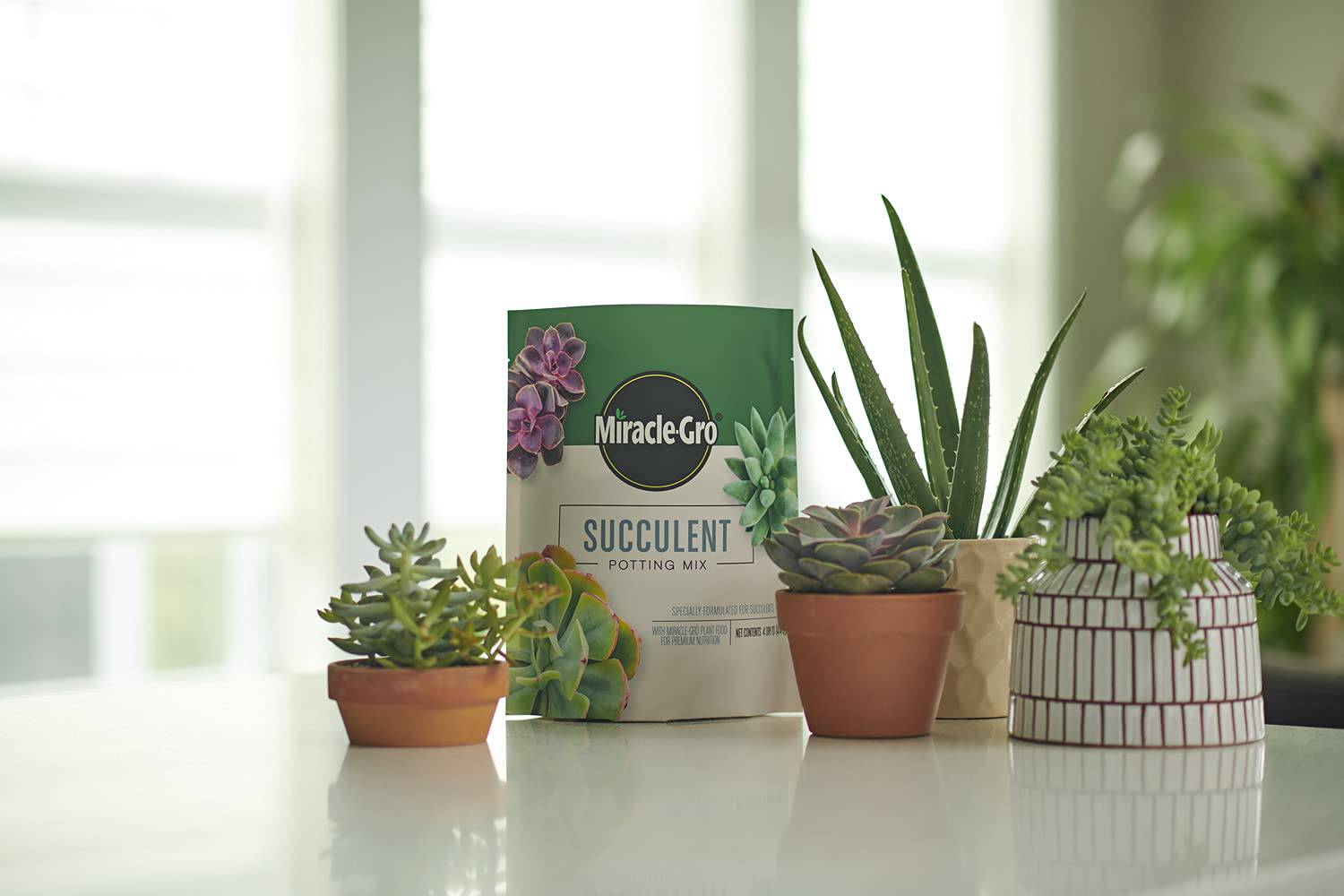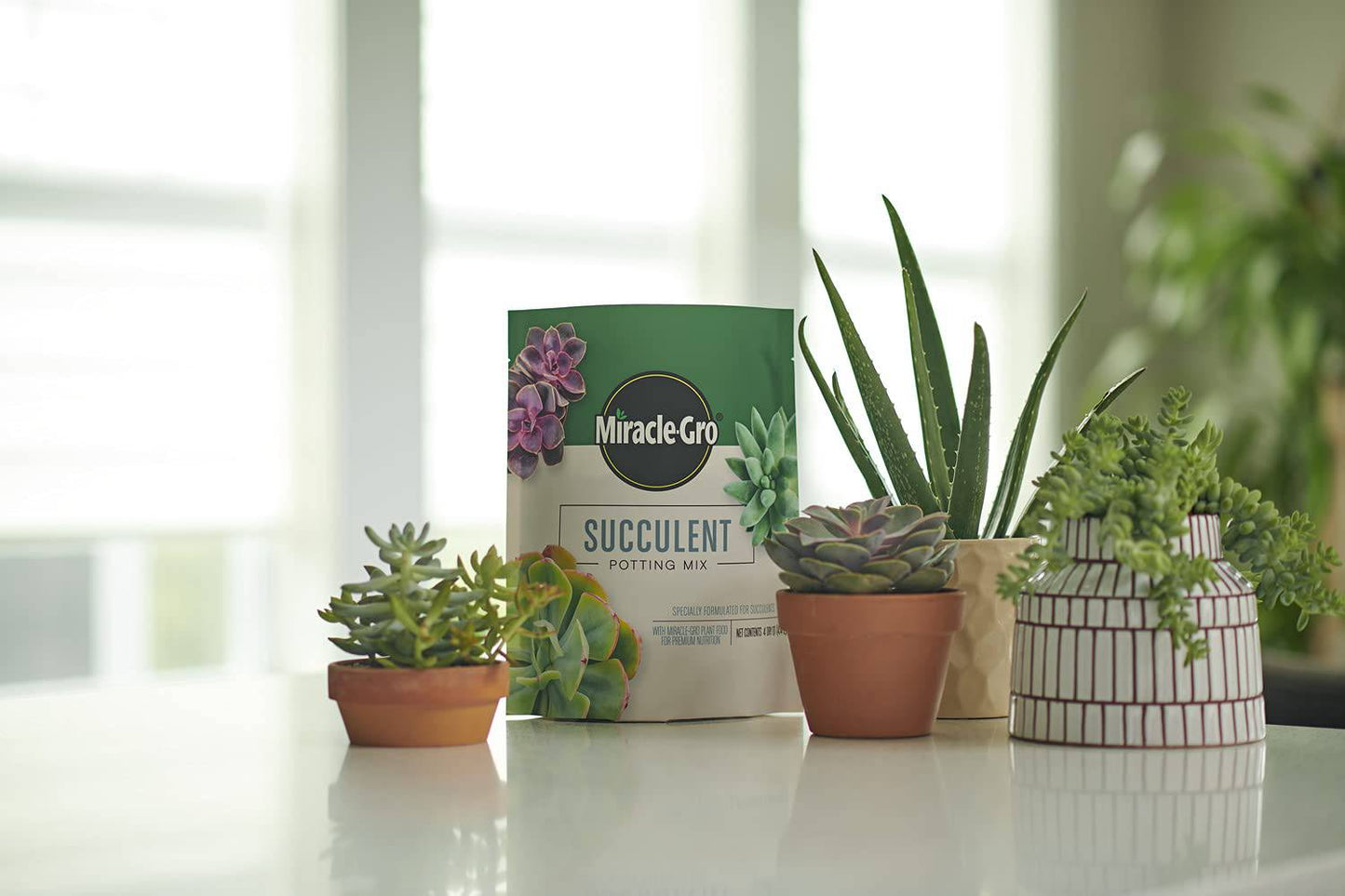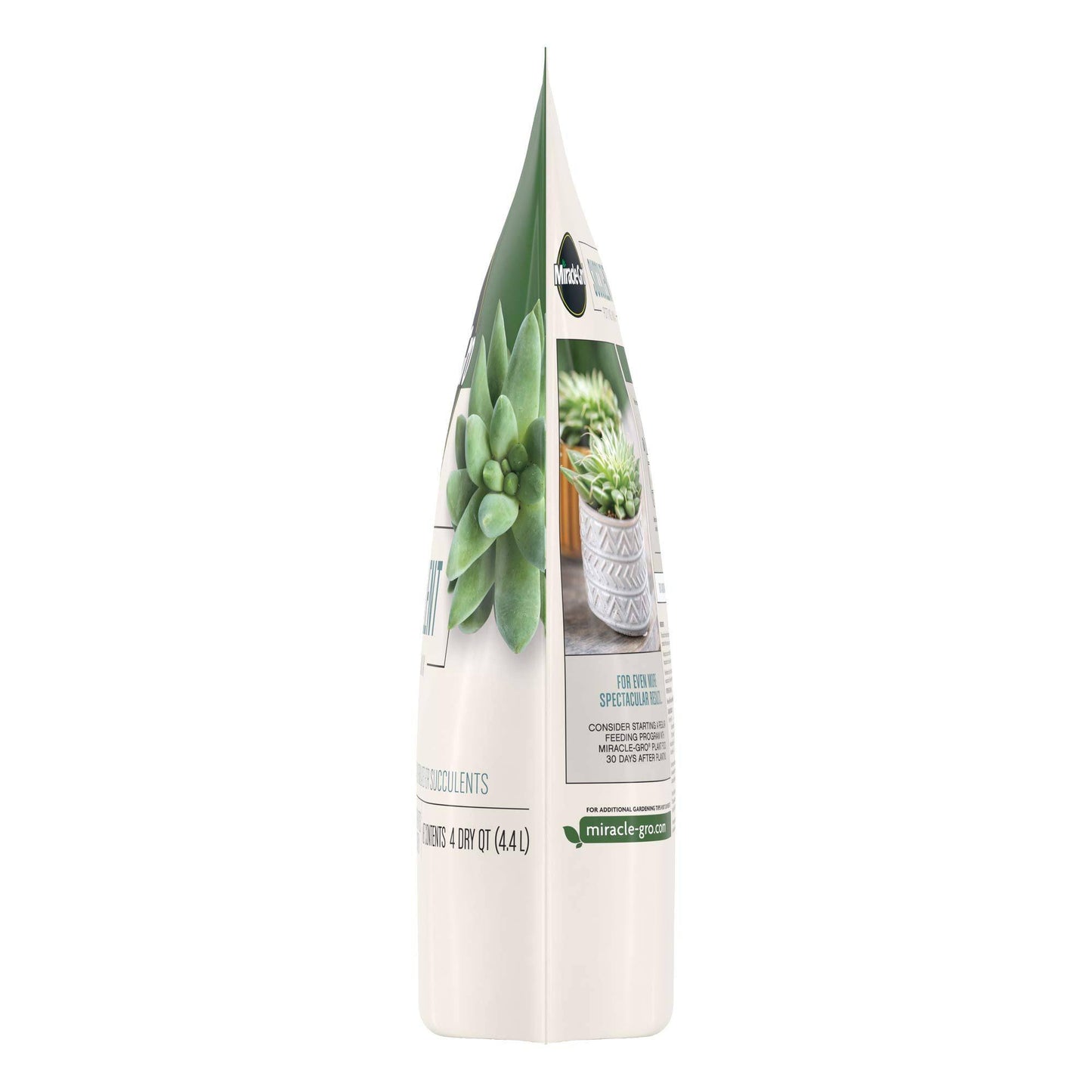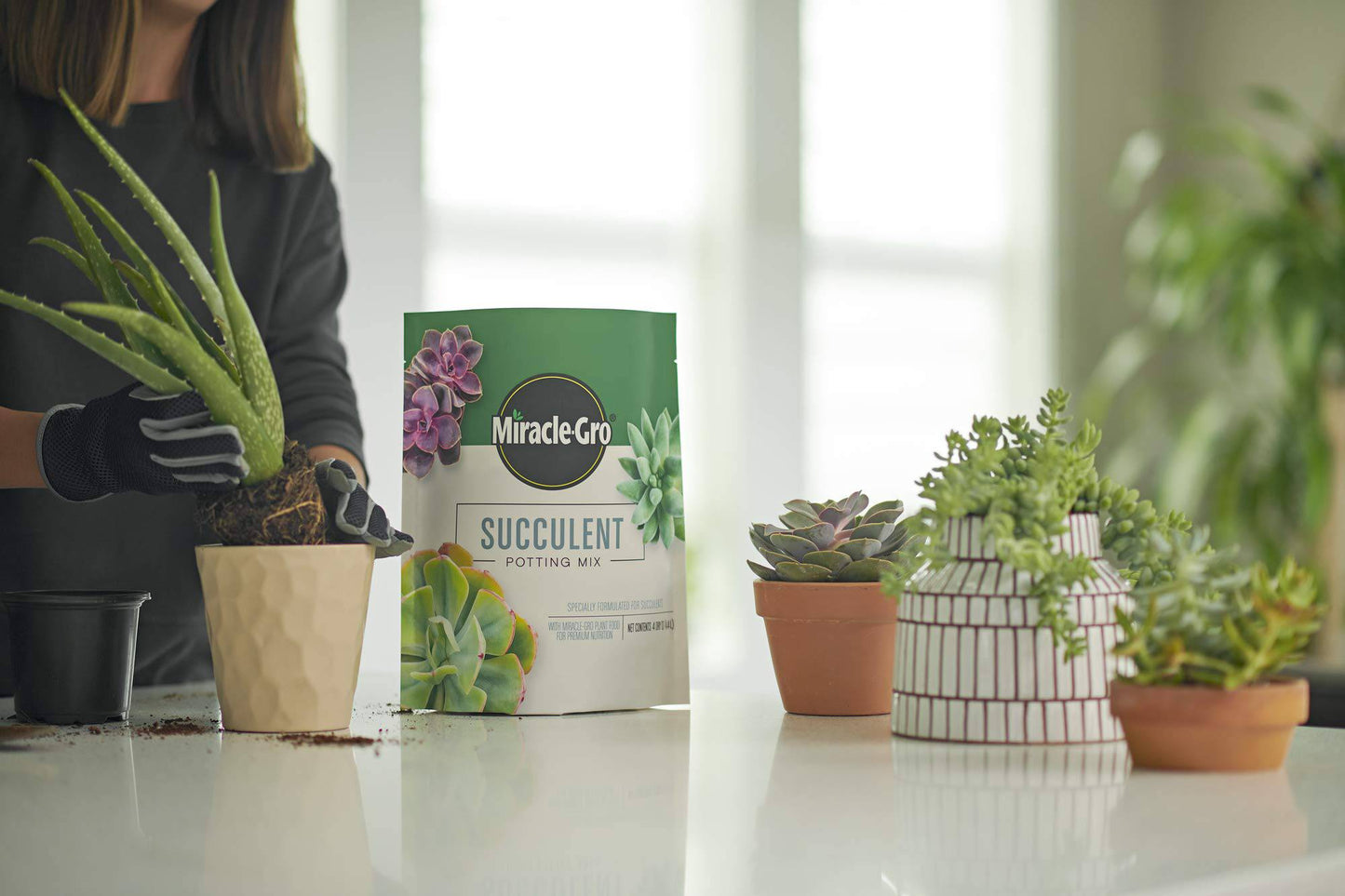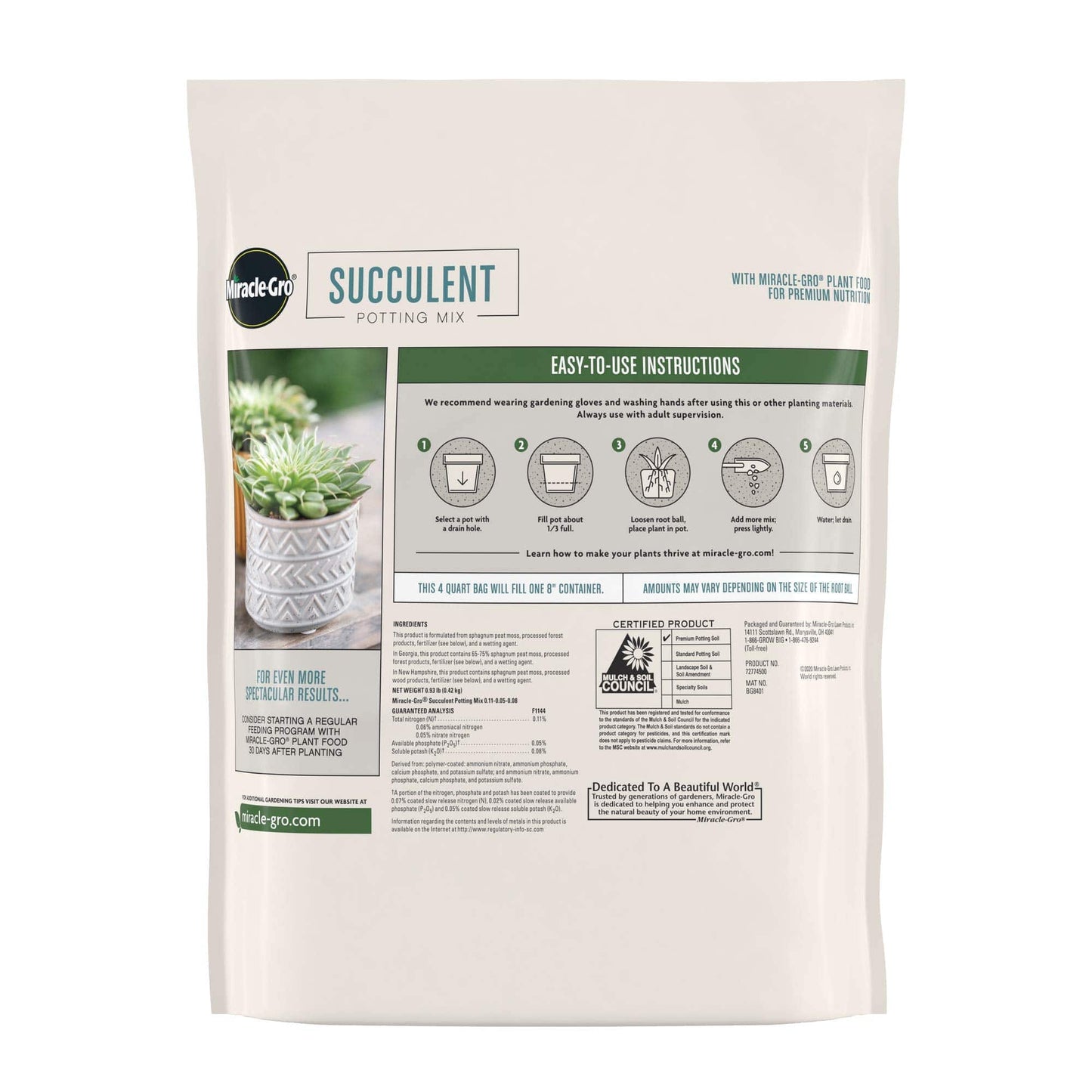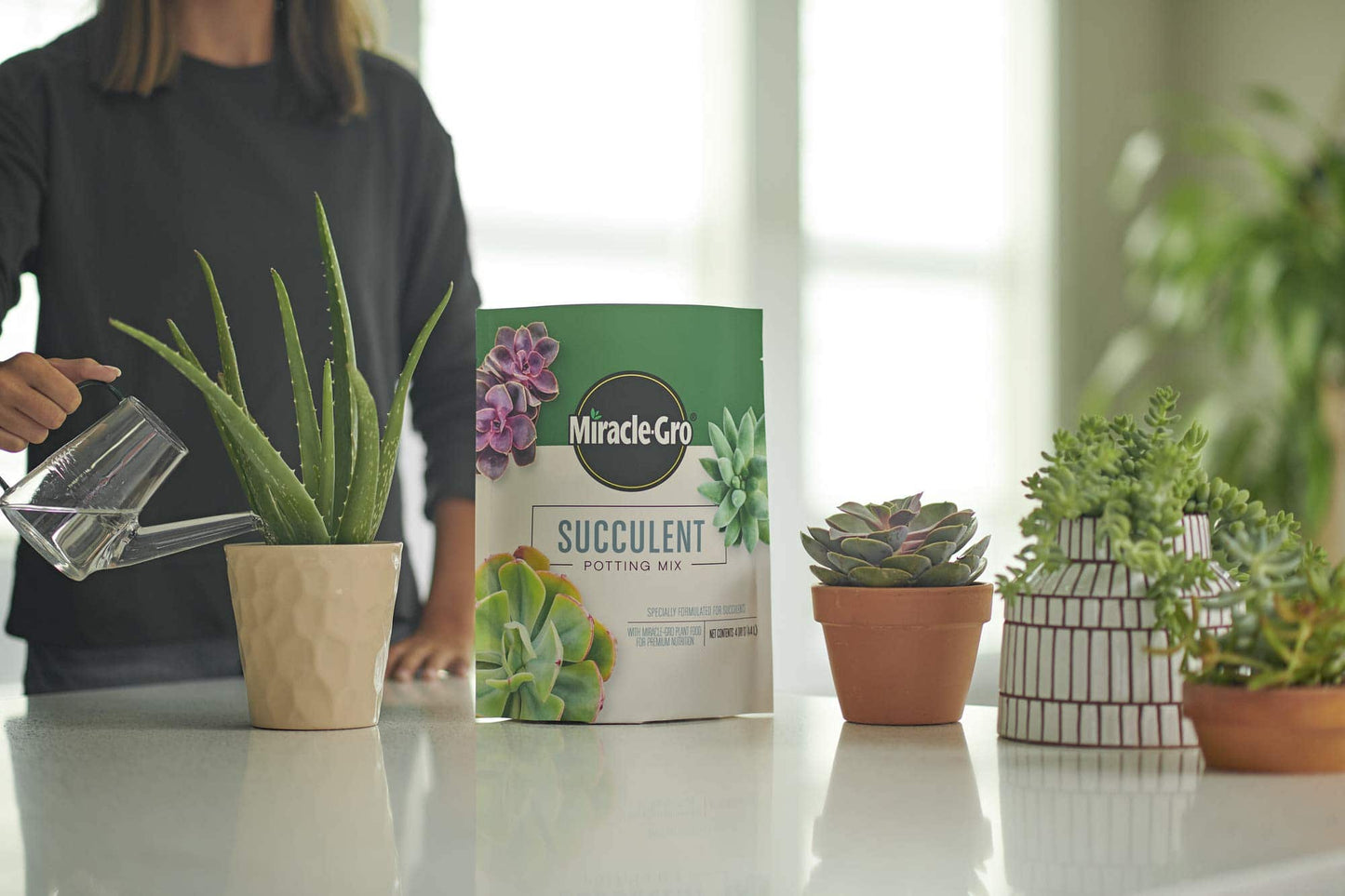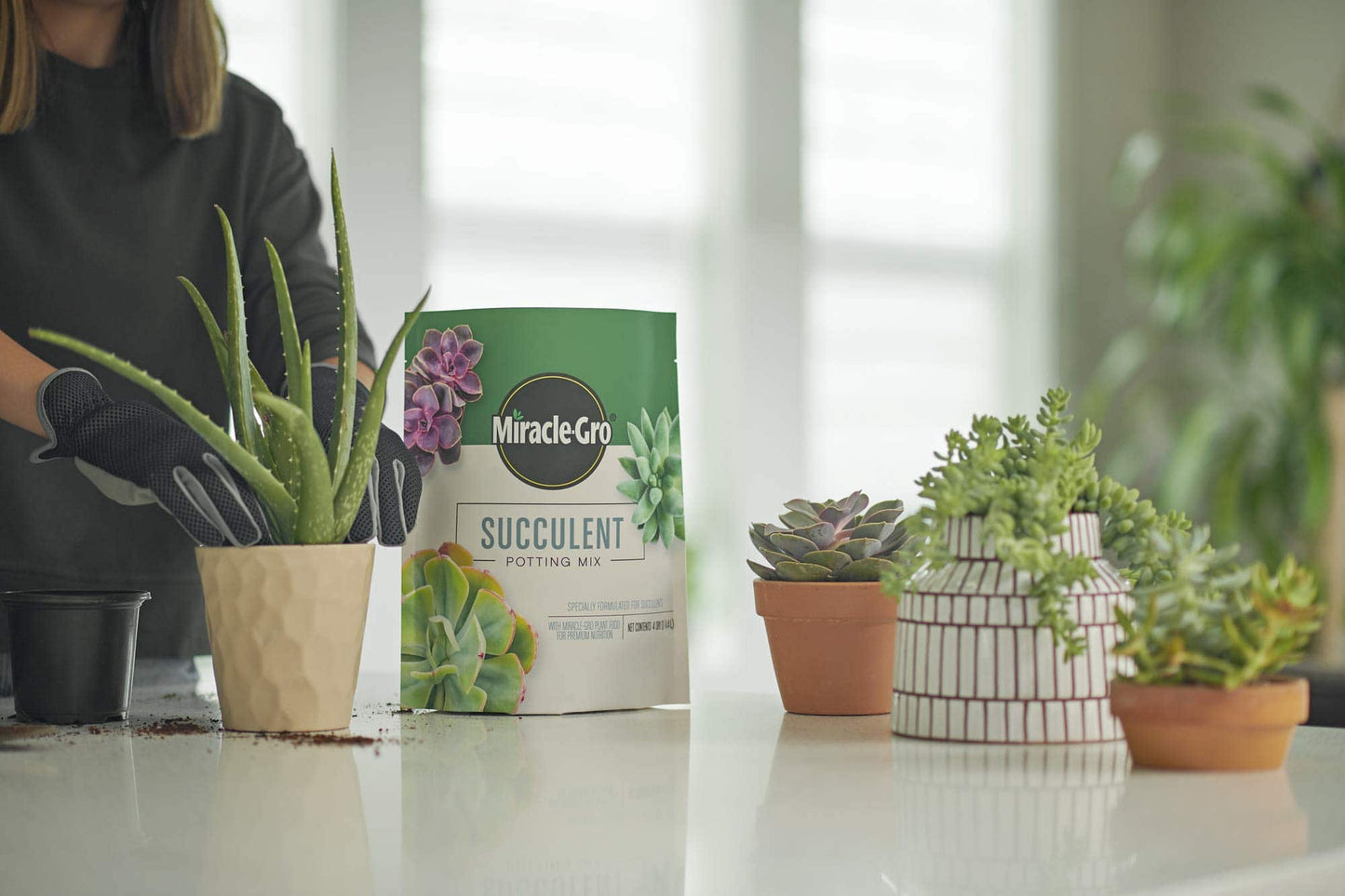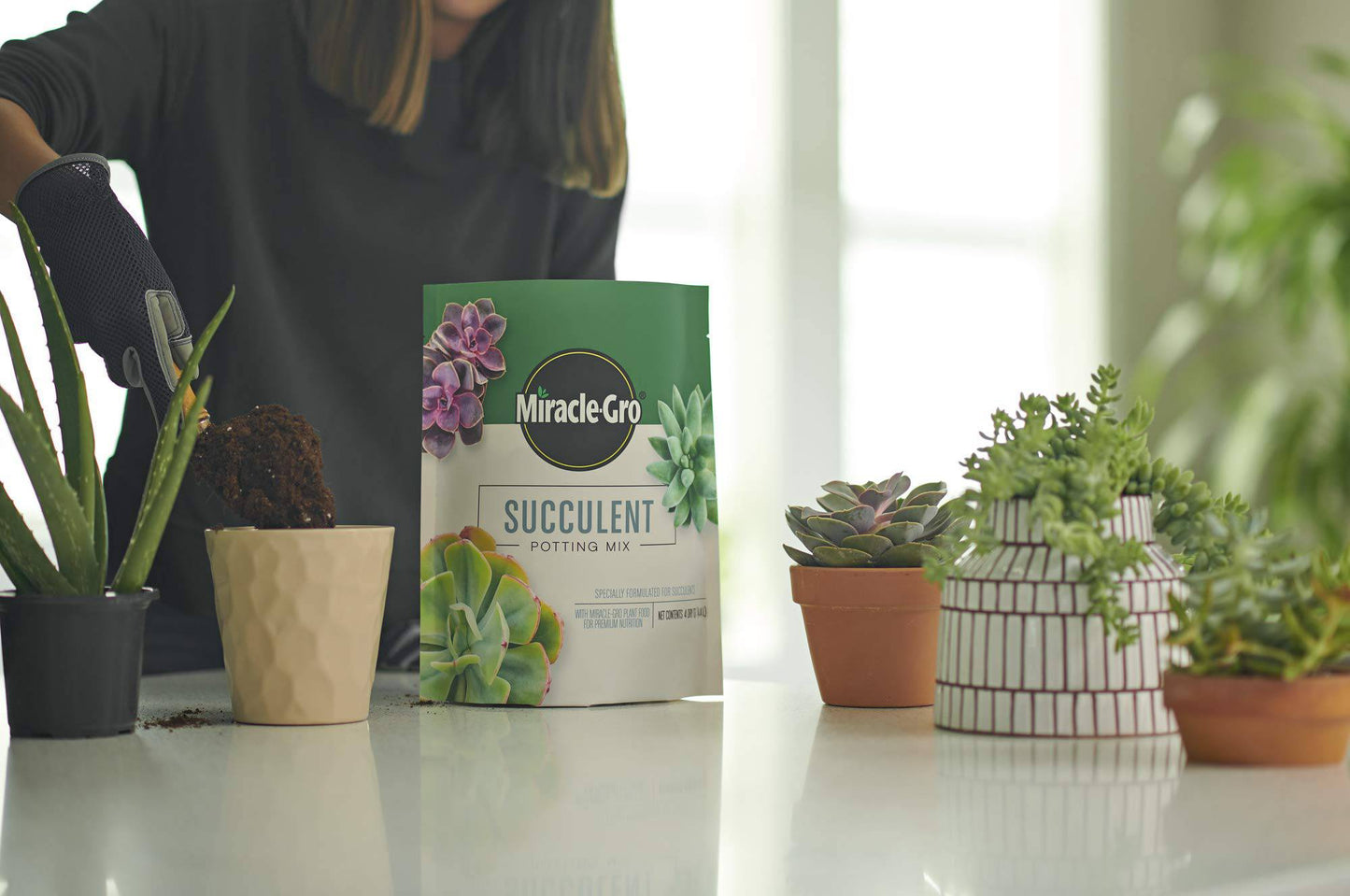Introduction
Horticulture is not just a hobby; it is an art and a science that transforms ordinary spaces into lush, vibrant gardens. It allows us to connect with nature, promote sustainability, and create beautiful, functional landscapes. Whether you are a seasoned gardener or a novice, understanding the essentials of horticulture can significantly enhance your gardening experience and success. In this article, we will explore the essential techniques that will help you unlock the secrets of successful horticulture and create thriving gardens that flourish year-round.
1. Understanding Soil Health
Soil is the foundation of any garden. Healthy soil is alive with microorganisms, nutrients, and organic matter that support plant growth. To ensure your plants thrive, focus on the following:
- Soil Testing: Regularly test your soil to determine its pH and nutrient levels. Soil testing kits are widely available and provide valuable insights into what your soil needs. This helps you amend it appropriately, ensuring optimal growing conditions for your plants.
- Organic Matter: Incorporate organic matter such as compost, well-rotted manure, or leaf mold to improve soil structure and fertility. Organic matter enhances water retention, provides essential nutrients, and promotes beneficial microbial activity.
- Mulching: Apply a layer of organic mulch, such as wood chips or straw, to retain moisture, suppress weeds, and improve soil health over time. Mulching also helps regulate soil temperature, creating a stable environment for plant roots.
- Soil Aeration: Regularly aerate compacted soil to improve drainage and allow roots to access air. You can do this by using a garden fork or a mechanical aerator, especially in areas with heavy foot traffic.
2. Choosing the Right Plants
Selecting the right plants for your garden is crucial for its success. Consider the following:
- Climate Compatibility: Choose plants that are suited to your local climate and soil conditions. Research native plants, as they are often more resilient and require fewer resources.
- Diverse Planting: Incorporate a variety of plants to promote biodiversity and reduce pest issues. A diverse garden can support beneficial insects and other wildlife, creating a balanced ecosystem.
- Seasonal Selection: Plan for seasonal blooms and harvests to ensure your garden is vibrant year-round. Consider perennials, annuals, and biennials to create continuous interest throughout the seasons.
- Growth Habit: Be mindful of the growth habit of plants. Consider their height, spread, and light requirements to avoid overcrowding and competition for resources.
3. Watering Wisely
Watering is vital for plant health, but it needs to be done wisely. Keep these tips in mind:
- Deep Watering: Water deeply and less frequently to encourage deep root growth. This technique helps plants become more drought-resistant and reduces the need for frequent watering.
- Timing: Water early in the morning or late in the afternoon to minimize evaporation. Avoid watering at midday when temperatures are high and sunlight is intense.
- Rainwater Harvesting: Collect rainwater to use in your garden, which is both eco-friendly and cost-effective. Install rain barrels to capture runoff from your roof, providing a sustainable source of water for your plants.
- Drip Irrigation: Consider using drip irrigation systems to deliver water directly to the roots of your plants. This method conserves water and reduces the risk of fungal diseases associated with wet foliage.
4. Pest and Disease Management
Preventing pests and diseases can save your garden from significant damage. Here are some effective strategies:
- Integrated Pest Management (IPM): Combine biological, cultural, and chemical practices to manage pests sustainably. Monitor your garden regularly and identify pests early to intervene before they become a problem.
- Companion Planting: Use companion plants to deter pests naturally and enhance growth. For example, planting marigolds can help repel nematodes, while basil can improve the flavor and growth of tomatoes.
- Regular Monitoring: Keep a close eye on your plants for any signs of stress or infestation. Look for discoloration, wilting, or unusual spots that may indicate disease or pest damage.
- Natural Predators: Encourage beneficial insects, such as ladybugs and lacewings, to control pest populations. Create habitats for these predators by planting diverse flowers and providing shelter.
- Proper Hygiene: Maintain cleanliness in your garden by removing debris, fallen leaves, and spent plants that can harbor pests and diseases.
5. Continuous Learning and Adaptation
Successful horticulture requires a mindset of continuous learning and adaptation. Here are some ways to enhance your knowledge and skills:
- Stay Informed: Read gardening books, follow reputable blogs, and join local gardening groups. Participating in online forums can also help you connect with experienced gardeners and share knowledge.
- Experiment: Don’t be afraid to try new techniques and plants. Gardening is a learning process, and experimentation can lead to unexpected discoveries and successes.
- Seek Feedback: Share your experiences with other gardeners and learn from their successes and failures. Attend gardening workshops or community events to exchange ideas and tips.
- Document Your Progress: Keep a gardening journal to track your planting dates, successes, and challenges. This documentation can help you identify patterns and improve your gardening practices over time.
- Follow Trends: Stay updated on the latest horticultural trends and techniques, such as vertical gardening, hydroponics, or permaculture, to expand your gardening repertoire.
6. Seasonal Gardening Techniques
Understanding the different seasons and how they affect your garden is essential for year-round success. Here are some seasonal techniques to consider:
- Spring Preparation: As the weather warms, prepare your garden by cleaning up debris, testing soil, and planting cool-season crops like lettuce and peas. This is also a great time to prune perennials and trees.
- Summer Care: During the hot months, focus on mulching and watering to prevent heat stress. Consider planting heat-tolerant varieties and harvesting regularly to encourage continued production.
- Autumn Planning: As summer fades, plant fall crops such as kale and garlic. This is also the time to clean up your garden, remove dead plants, and prepare your soil for winter.
- Winter Protection: In colder months, protect sensitive plants with blankets or cloches. You can also use this time to plan your garden layout and order seeds for the upcoming season.
7. Sustainable Practices for Horticulture
Embracing sustainability in your gardening practices not only benefits the environment but also enhances the resilience of your garden. Consider the following sustainable techniques:
- Composting: Create your own compost from kitchen scraps and yard waste. This closed-loop system enriches your soil and reduces waste.
- Native Plants: Incorporate native plants into your garden, as they typically require less water and are more resistant to local pests and diseases.
- Reduce Chemical Use: Limit the use of synthetic fertilizers and pesticides. Instead, opt for organic alternatives and natural amendments to maintain soil health.
- Pollinator Friendly: Plant flowers that attract bees, butterflies, and other pollinators. This not only supports biodiversity but also enhances fruit and vegetable yields.
Conclusion
By understanding soil health, choosing the right plants, watering wisely, managing pests effectively, and committing to continuous learning, you can unlock the secrets of successful horticulture. With these essential techniques, your garden will not only survive but thrive, providing beauty and bounty for years to come. Remember, gardening is a journey that evolves with time and experience, and every garden is unique. Embrace the process, enjoy the fruits of your labor, and let your passion for horticulture flourish!


